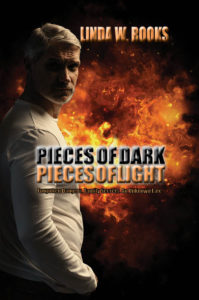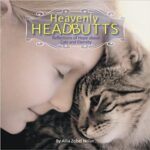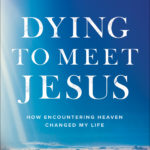
Photo by Allef Vinicius
WHEN LIFE THROWS us a curve ball we may find ourselves off balance. It’s hard to find direction. At these times it can help if we become intentional by sitting down and setting specific goals – both short term and long term ones. New Years is a great time to do that.
If you’re feeling off balance and are looking into a 2024 that feels uncertain and unsettling, I suggest you print off this page, get a pen, a Bible and a cup of coffee and sit down prayerfully to map out your hopes and goals for the new year. Ask God to give you direction as you hold onto His promises and look at the different areas of your life. When doubt and uncertainty rocks your world, setting goals for yourself can brighten the path ahead.
GOAL SETTING FOR THE NEW YEAR
I. PERSONAL GOALS:
Practical Steps For Achieving:
“And my God will meet all your needs according to his glorious riches in Christ Jesus.” Phil. 4:19
II. MARRIAGE AND RELATIONSHIP GOALS:
Practical Steps For Achieving:
“Submit to one another out of reverence for Christ.” Eph. 5:21
III. FAMILY GOALS:
Practical Steps for Achieving:
“Love is patient; love is kind. It does not envy; it does not boast; it is not proud. It is not rude; it is not self-seeking; it is not easily angered; it keeps no record of wrongs. Love does not delight in evil but rejoices with the truth. It always protects, always trusts, always hopes, always perseveres.” I Cor. 13:4-7
IV. CAREER GOALS:
Practical Steps for Achieving:
“Commit to the Lord whatever you do, and your plans will succeed.” Prov. 16:3
V. ATTITUDE GOALS:
Practical Steps for Achieving:
“…be made new in the attitude of your minds, and to put on the new self, created to be like God in true righteousness and holiness.” Eph. 4:23-24
VI. GOALS OF SERVICE TO GOD AND OTHERS:
Practical Steps for Achieving:
“And do not forget to do good and to share with others, for with such sacrifices God is pleased.” Heb. 13:16
VII. SPIRITUAL GOALS:
Practical Steps for Achieving:
“And we pray this in order that you may live a life worthy of the Lord and may please him in every way, bearing fruit in every good work, growing in the knowledge of God, being strengthened with all power according to His glorious might so that you may have great endurance and patience and joyfully giving thanks to the Father…” Col. 1:10-11
If you’re feeling off balance because of what’s happening in your marriage and need to set some specific goals for moving forward, you might find direction in my book, Fighting for Your Marriage while Separated.
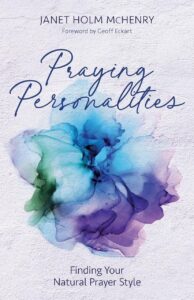 IS THERE A “right’ way to pray? Many of us have heard various prescriptions about how to make our prayer life more meaningful and effective. But when we try it out, it may seem complicated, awkward, or unnatural. Certain prayer approaches seem to work well for some people but not for others. But maybe, just maybe, that’s to be expected. In author Janet Holm McHenry’s new book,
IS THERE A “right’ way to pray? Many of us have heard various prescriptions about how to make our prayer life more meaningful and effective. But when we try it out, it may seem complicated, awkward, or unnatural. Certain prayer approaches seem to work well for some people but not for others. But maybe, just maybe, that’s to be expected. In author Janet Holm McHenry’s new book, 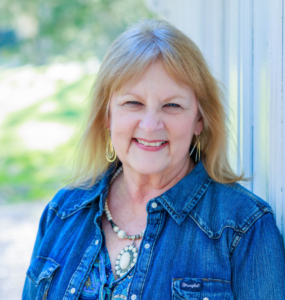 perspective and attitude.
perspective and attitude.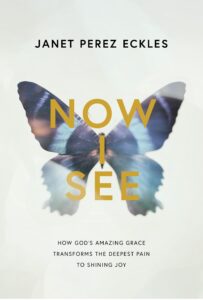 SOME PEOPLE ARE AN INSPIRATION. Not only have they overcome overwhelming challenges in their life, but their face radiates love and joy. Whenever you meet them, the warmth of their graciousness creates a sweet and welcoming encounter. This is Janet Perez Eckles, author of her new book,
SOME PEOPLE ARE AN INSPIRATION. Not only have they overcome overwhelming challenges in their life, but their face radiates love and joy. Whenever you meet them, the warmth of their graciousness creates a sweet and welcoming encounter. This is Janet Perez Eckles, author of her new book, 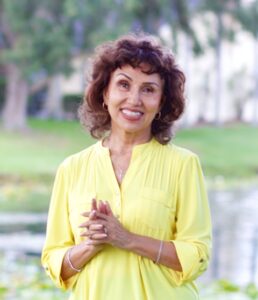
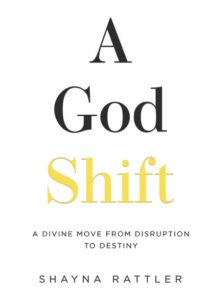 Guest Post By Shayna Rattler
Guest Post By Shayna Rattler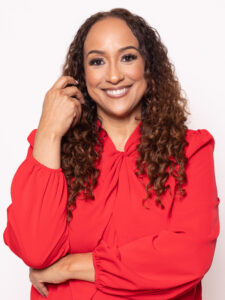
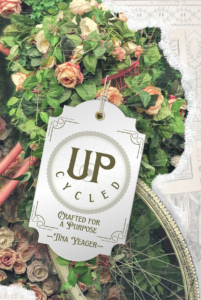 WHEN WE FEEL lonely and disconnected, it can be hard to find connection again. Author and mental health counselor, Tina Yeager offers us a creative answer to find our way back into community. In her new book,
WHEN WE FEEL lonely and disconnected, it can be hard to find connection again. Author and mental health counselor, Tina Yeager offers us a creative answer to find our way back into community. In her new book, 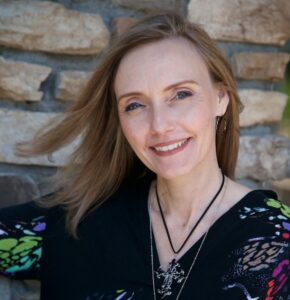 cited one critical exception. “It is not good for the man to be alone” (Genesis 2:18, NIV). Elohim, a relational and triune God, created us for relationship. He did not design us to exist in emotional, spiritual, or physical isolation.
cited one critical exception. “It is not good for the man to be alone” (Genesis 2:18, NIV). Elohim, a relational and triune God, created us for relationship. He did not design us to exist in emotional, spiritual, or physical isolation.

 IF YOU EVER feel invisible, ignored, and overlooked as though you blend in with the wallpaper when you’re with a group of people, the loneliness you feel can be overwhelming. Author Cheri Strange knows this feeling herself and wants to help you rediscover your true value. Her new book,
IF YOU EVER feel invisible, ignored, and overlooked as though you blend in with the wallpaper when you’re with a group of people, the loneliness you feel can be overwhelming. Author Cheri Strange knows this feeling herself and wants to help you rediscover your true value. Her new book,  alone?
alone? IT’S AMAZING TO ME how often God uses delays and waiting to bring blessing to those He loves in the stories of the Bible. But I’m struck by the fact that God also often uses these delays to test the hearts of those in waiting to see if they are worthy of the blessing he is about to bestow.
IT’S AMAZING TO ME how often God uses delays and waiting to bring blessing to those He loves in the stories of the Bible. But I’m struck by the fact that God also often uses these delays to test the hearts of those in waiting to see if they are worthy of the blessing he is about to bestow.
